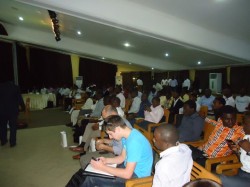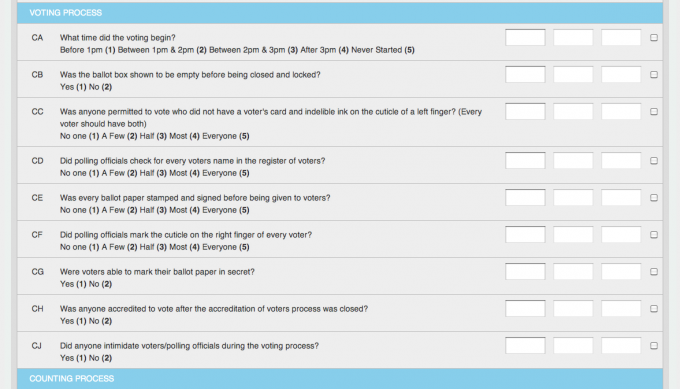
Delegates at the Pitch Monday Event
Yesterday at Pitch Monday, a number of startup founders in Nigeria had an opportunity to pitch their ideas at investors and get a chance to raise funding for their ideas.
While most of the ideas that were pitched were notable, it was quite obvious that most of the founders weren’t prepared for their pitches or didn’t know how to.
There are numerous articles online on how to prepare for your pitch and so I’ll recommend reading as much on this subject as possible.
In this blog post, I’ll be sharing and expanding some of the tips Tomi Davies shared with the delegates on pitching their ideas at the tail end of the event.
Tomi Davies summarized by saying pitching an idea is all about telling a story and your story needs to contain certain key components for it to be effective.
He breaks it down into the following key components: Proposition, Organization, Economics and Technicalities (POET).
Proposition
Your proposition has to do with you describing what your service is all about; what problem you are attempting to solve; what value you intend to create and for whom. Depending on how much time you have, you also want to talk about your suppliers, customers and how your product (or service) is different from the competition and your strategy for maintaining your competitive edge.
Organization
In organization, you essentially describe your team. Who the members on your team are (or will be) and what roles they play (or will play). It does appear to me that investors favor startup teams of two or more founders – preferably a team that comprises of someone who’s good at product development and marketing (the business guy), the hacker (developer) and the aesthetics (interface) team members.
Economics
So this is where a number of startup founders fumble. It’s important to show the investor the money. Most investors are not investing for philanthropy but for profit and if they cannot clearly see how your startup will make them money, you just wouldn’t get them interested enough to invest in your startup. The economics of your startup outlines your cost centers and expenditure (both operational and capital) and your revenue sources. You will do good to explain how you intend to realistically make money in your startup and show how long an investor is likely to wait to recoup their investment and move on to profit from your startup. This is where you talk about things like the return on investment and your rate of return.
Technicalities
This has to do with how your startup is meant to work. Most startup founders start with this but as Tomi Davies mentioned yesterday, this should be the last thing you talk about. If you’re discussing your startup with other geeks, sure this can come first but not when you’re pitching to investors.
In conclusion, I’m really excited about the startup community in Nigeria and I’m looking forward to seeing startup founders grow their businesses into world-class companies.



